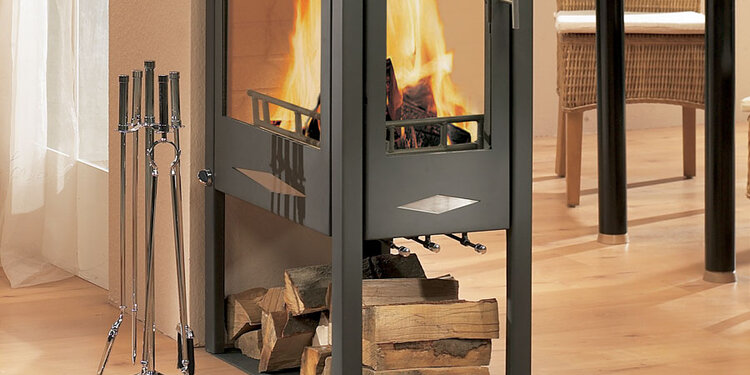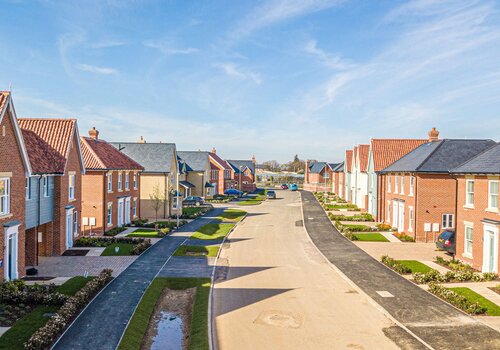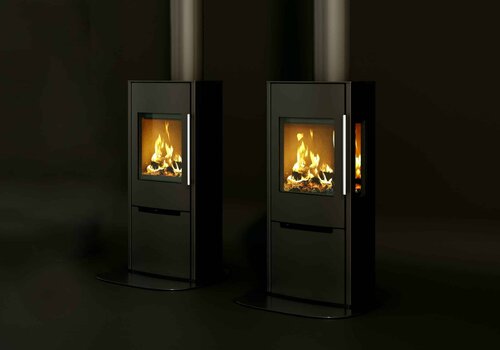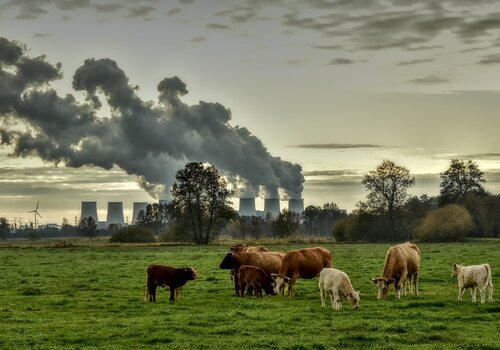(Washington, Tyne and Wear, 24. August 2017) There’s a growing emphasis on environmentally friendly construction and heating, which means that trees can now provide a sustainable supply of wood for both construction and fuel.


Guide
With a house building boom due to the lack of housing, plus the combined shock of energy prices – building houses with secondary heating, su...

Guide
Gas and electricity prices don’t look as if they are coming down anytime soon. Customers who installed a wood burning stove recently have re...

Guide
Bacon and eggs, candles and incense, brake pads and so much more.